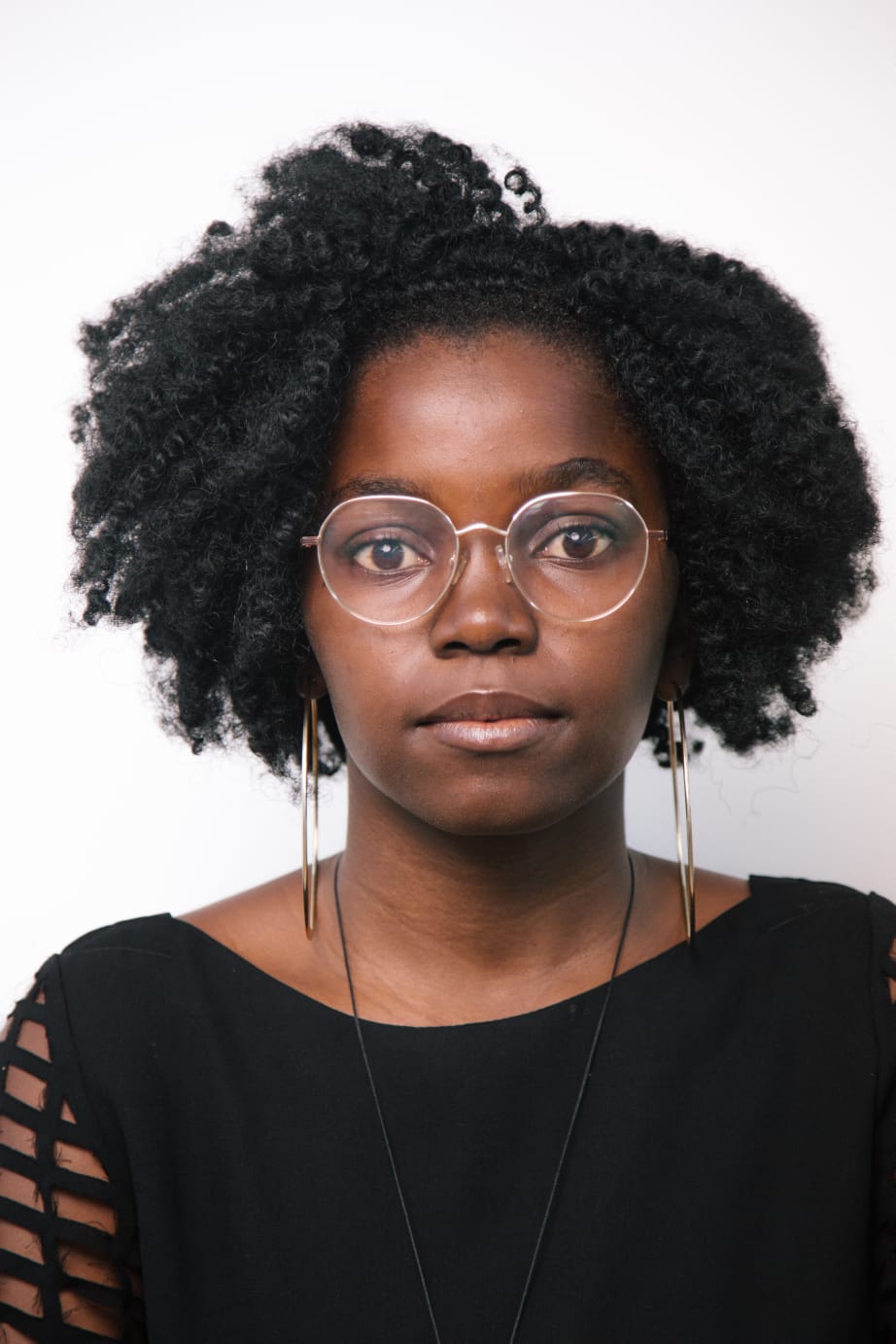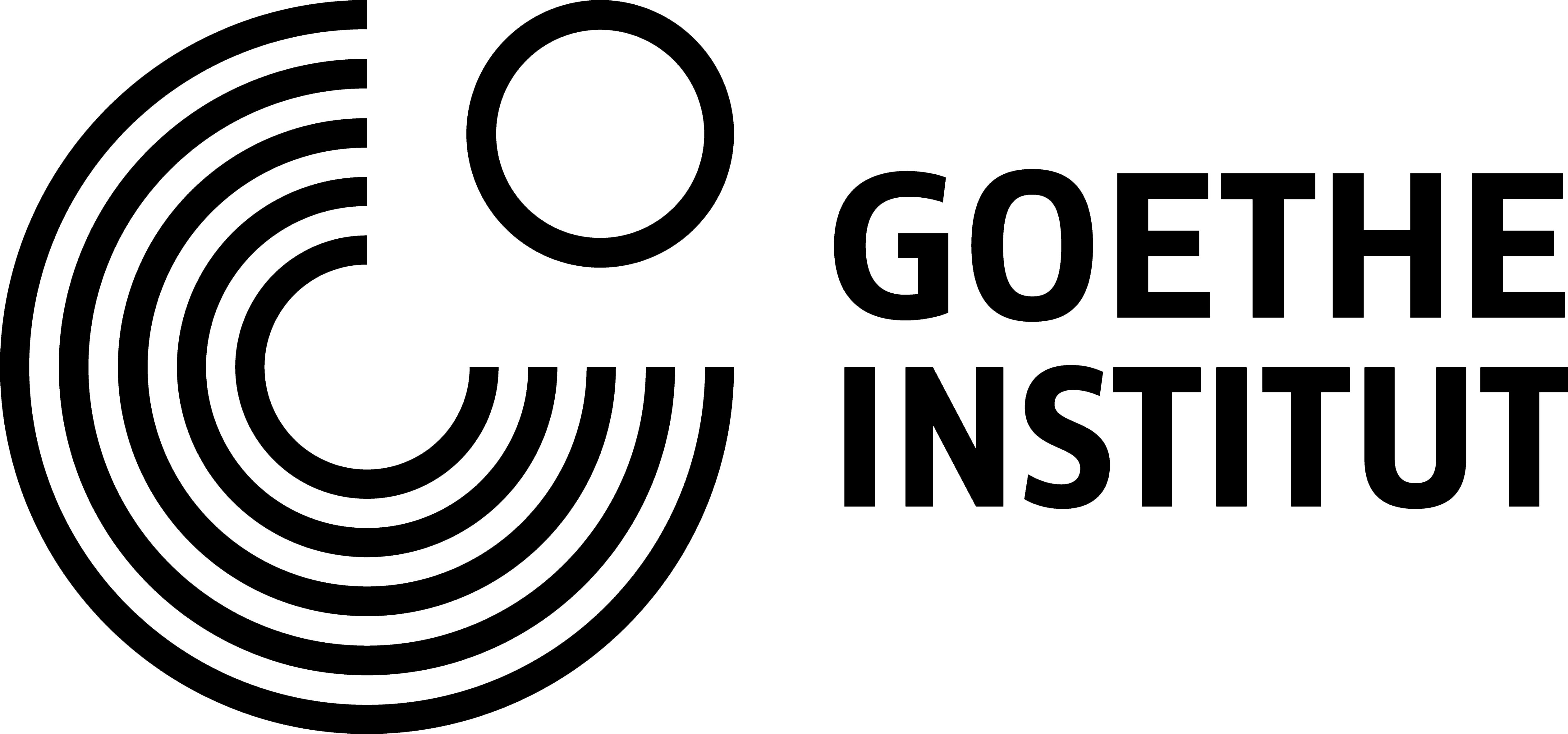THIS CHARACTER IS A WOMAN
Irene A’mosi
Femicide is a practice of the Angolan police. Since 2019, frequent cases of the death of
zungueiras1 have become popular and have been normalised by the Angolan government.
Juliana Cafrique, is one of the many stories of women in vulnerable economic conditions who
have seen their journey interrupted by the government gun placed in the hand of the policeman
who once swore to defend the nation. Since , several women's stories have been interrupted and
their names erased. On the part of the government, one action was taken as a revolutionary and
political act: an apology from the national police and headlines in all the newspapers. As if that
wasn't enough, every day we see zungueiras having their property confiscated by the police and
having their space for the materialisation of the business tampered with, making these women
increasingly vulnerable economically.
That character is a woman is an artistic project whose works are presented video, performance and installation to address political, social and economic issues. This project aims to document all attempts by governments to erase part of the survival story of these romanticised women in songs and works of contemporary art.
The figure of the Angolan woman carrying a bathtub, bidon or other objects on her head is emblematic. She symbolises resilience, strength and carries a mystique that both local and foreign culture tend to glorify. However, this romanticised view often obscures the effort and sacrifice present in these women's daily work. This work explores this duality, highlighting both the harshness of reality and the romanticisation inherent in these figures. The proposal aims to continue research that has been underway since 2023, which addresses issues related to the place of women in civil society and in the artistic context.
This character is a woman and a performance, which is ultimately a hug that you can take home with you. During the performance, more than 100 new rodilhas2 will be exchanged for old and tired rodilhas on the street in direct contact with the zungueiras during the exercise of their profession. The act will be documented on video. The old rodilhas are transformed into objects for artistic practice. In the studio, they are processed and take on a complex exoticism and uniqueness. Some of them, still in their original shape from when they were collected from their owners, are framed in clay and resin to give them another artistic and historical dimension, so that they survive even if their owners are one day extinguished by the hands of the police.
The act of exchanging an old squeegee for a new one symbolises an embrace of sorority and can be understood from various angles: at the same time as the material used is being used, it is being used to make the skirting boards is the main adornment of the African woman, but at the other moment it serves to support the weight of the hard battles of survival of these families and women.
The skirting boards that make up the piece, collected directly from the streets, in the sunlight, from the hands of these women as they carried out their labour activities, today are symbolic elements of strength, resistance and at the same time revolt. The centrepiece of the project is a dress made from these wheels, which exudes beauty and sophistication. However, it goes beyond being just a piece of clothing: it is an artistic statement. The dress simultaneously celebrates and questions, transforming the ordinary into the extraordinary, hard work into non- glamour, and the invisibility of these women into a powerful, stylised presence. The dress will weigh 20 kilos and is not just a technical detail, but a carefully thought-out conceptual choice. It carries a deep meaning, representing the literal and symbolic burden that women face when carrying heavy objects on their heads day after day on the streets of Luanda.
This weight is intentionally incorporated into the garment to provoke a reflection on the physical and emotional effort involved in this work, which is often romanticised or made invisible. As well as being visually striking, the dress challenges the notion of glamour associated with fashion, while at the same time placing the body in dialogue with the tensions and challenges of everyday life. Wearing this garment is therefore a performance in itself: at the same time as it exudes sophistication, it will remind the viewer of the literal and metaphorical weight of these jobs, highlighting the strength, resilience and sacrifice inherent in these workers.
That character is a woman is an artistic project whose works are presented video, performance and installation to address political, social and economic issues. This project aims to document all attempts by governments to erase part of the survival story of these romanticised women in songs and works of contemporary art.
The figure of the Angolan woman carrying a bathtub, bidon or other objects on her head is emblematic. She symbolises resilience, strength and carries a mystique that both local and foreign culture tend to glorify. However, this romanticised view often obscures the effort and sacrifice present in these women's daily work. This work explores this duality, highlighting both the harshness of reality and the romanticisation inherent in these figures. The proposal aims to continue research that has been underway since 2023, which addresses issues related to the place of women in civil society and in the artistic context.
This character is a woman and a performance, which is ultimately a hug that you can take home with you. During the performance, more than 100 new rodilhas2 will be exchanged for old and tired rodilhas on the street in direct contact with the zungueiras during the exercise of their profession. The act will be documented on video. The old rodilhas are transformed into objects for artistic practice. In the studio, they are processed and take on a complex exoticism and uniqueness. Some of them, still in their original shape from when they were collected from their owners, are framed in clay and resin to give them another artistic and historical dimension, so that they survive even if their owners are one day extinguished by the hands of the police.
The act of exchanging an old squeegee for a new one symbolises an embrace of sorority and can be understood from various angles: at the same time as the material used is being used, it is being used to make the skirting boards is the main adornment of the African woman, but at the other moment it serves to support the weight of the hard battles of survival of these families and women.
The skirting boards that make up the piece, collected directly from the streets, in the sunlight, from the hands of these women as they carried out their labour activities, today are symbolic elements of strength, resistance and at the same time revolt. The centrepiece of the project is a dress made from these wheels, which exudes beauty and sophistication. However, it goes beyond being just a piece of clothing: it is an artistic statement. The dress simultaneously celebrates and questions, transforming the ordinary into the extraordinary, hard work into non- glamour, and the invisibility of these women into a powerful, stylised presence. The dress will weigh 20 kilos and is not just a technical detail, but a carefully thought-out conceptual choice. It carries a deep meaning, representing the literal and symbolic burden that women face when carrying heavy objects on their heads day after day on the streets of Luanda.
This weight is intentionally incorporated into the garment to provoke a reflection on the physical and emotional effort involved in this work, which is often romanticised or made invisible. As well as being visually striking, the dress challenges the notion of glamour associated with fashion, while at the same time placing the body in dialogue with the tensions and challenges of everyday life. Wearing this garment is therefore a performance in itself: at the same time as it exudes sophistication, it will remind the viewer of the literal and metaphorical weight of these jobs, highlighting the strength, resilience and sacrifice inherent in these workers.
- women who work in the informal market, whose head is the firm used to display the products to be sold.
- African cloth object worn on the head so that the weight of the tub used to place the products for sale in the zunga is not in direct contact with the head.

Irene A’mosi
EN
Irene A'mosi is an artist who explores the word as her main means of expression. With work that spans literature, spoken word, cinema and installation, Irene A'mosi delves into everyday issues, revealing subtle details that often escape the observer's perception. Her work seeks to unveil the poetics of the ordinary, transforming the apparently commonplace into a profound reflection on contemporary life.
FR
Irene A'mosi est une artiste qui fait du mot son principal moyen d'expression. Avec un travail qui s'étend de la littérature à la parole, en passant par le cinéma et l'installation, Irene A'mosi se penche sur des questions quotidiennes, révélant des détails subtils qui échappent souvent à la perception de l'observateur. Son travail cherche à dévoiler la poétique de l'ordinaire, transformant ce qui semble banal en une réflexion profonde sur la vie contemporaine.
PT
Irene A´mosi é uma artista que explora a palavra como seu principal meio de expressão. Com um trabalho que abrange a literatura, spoken word, cinema e instalação, Irene A´mosi mergulha em questões quotidianas, revelando detalhes sutis que muitas vezes escapam à percepção do observador. Sua obra busca desvelar a poética do ordinário, transformando o aparentemente comum em uma reflexão profunda sobre a vida contemporânea.


